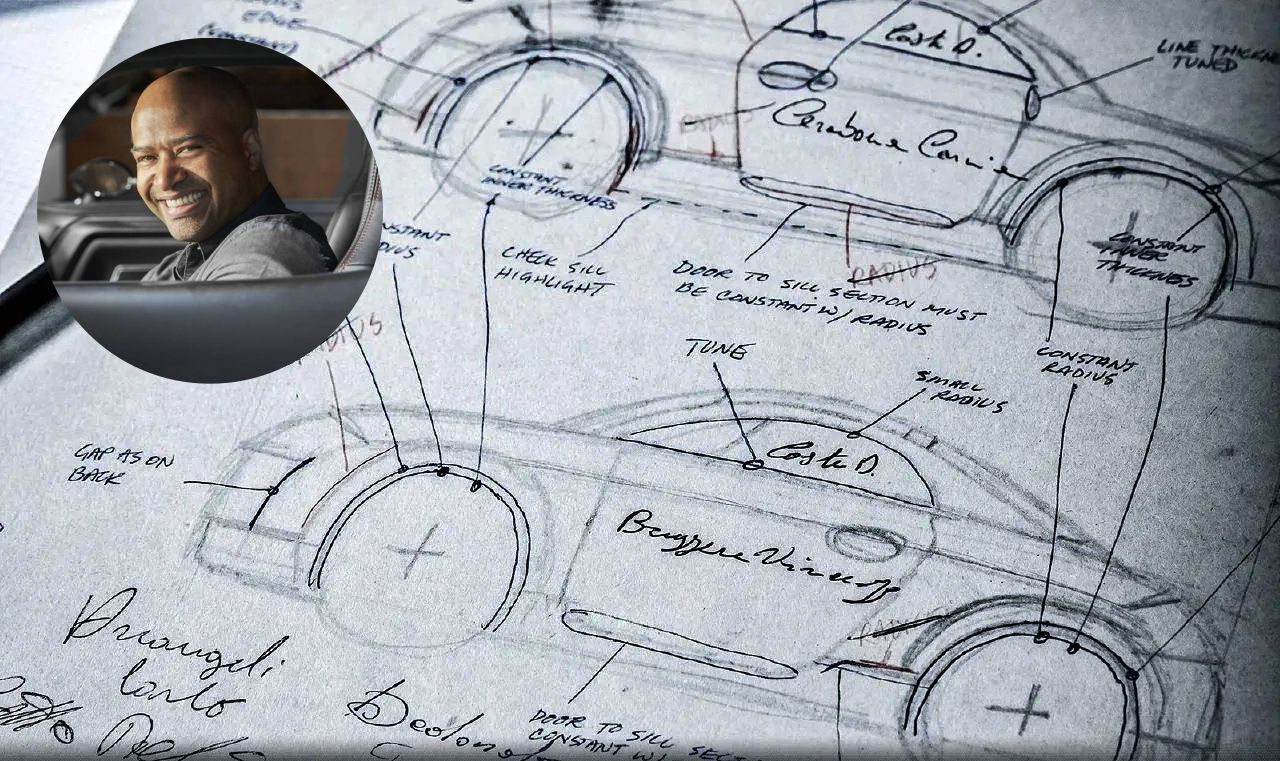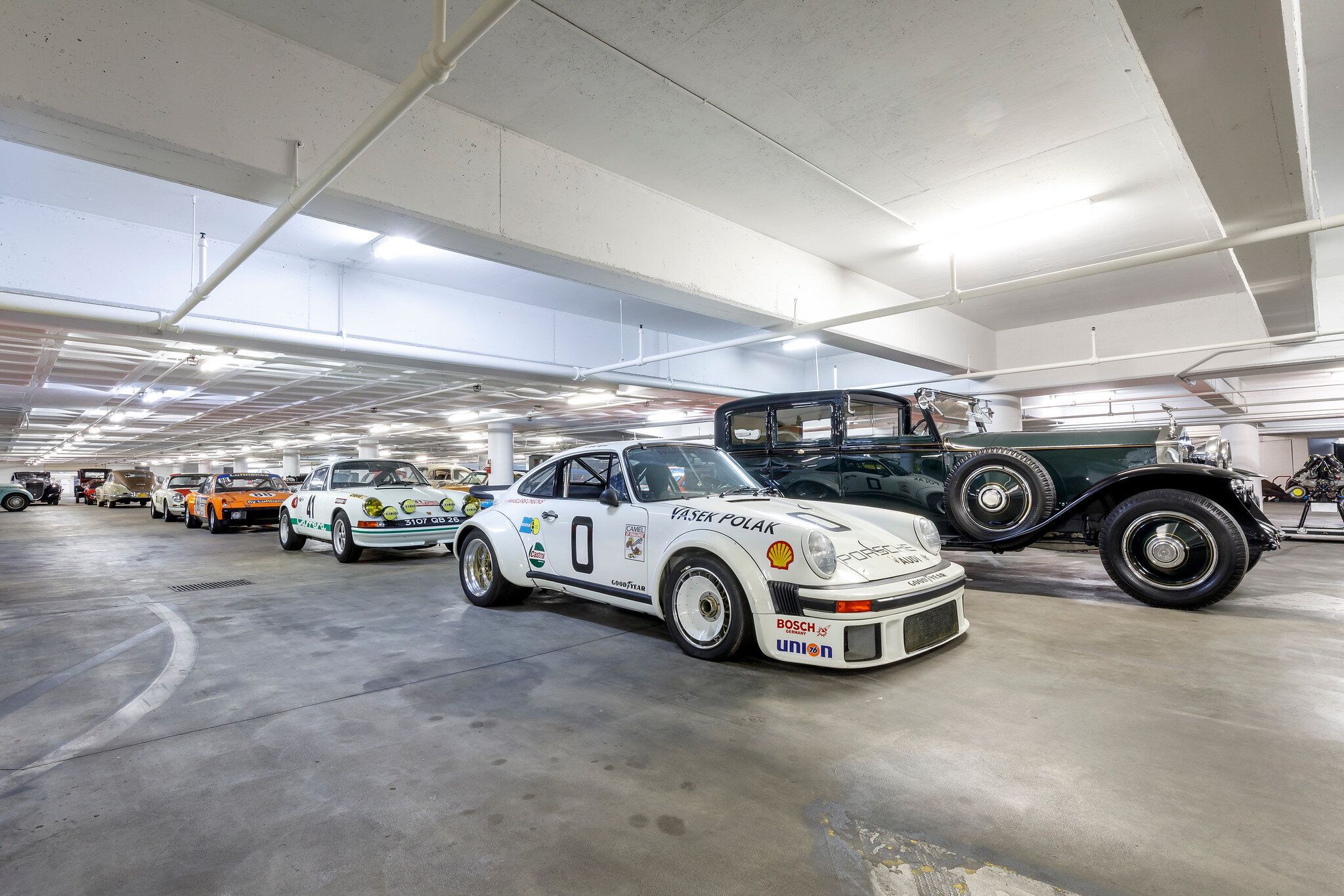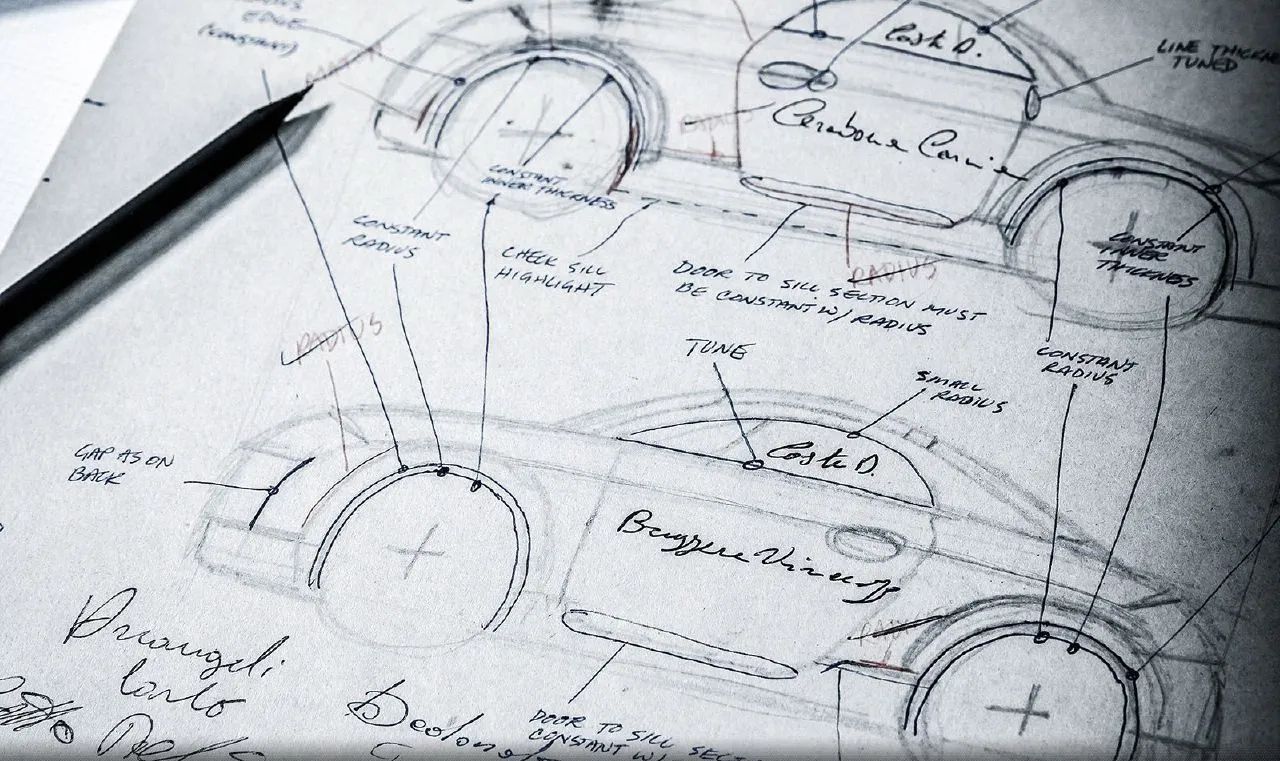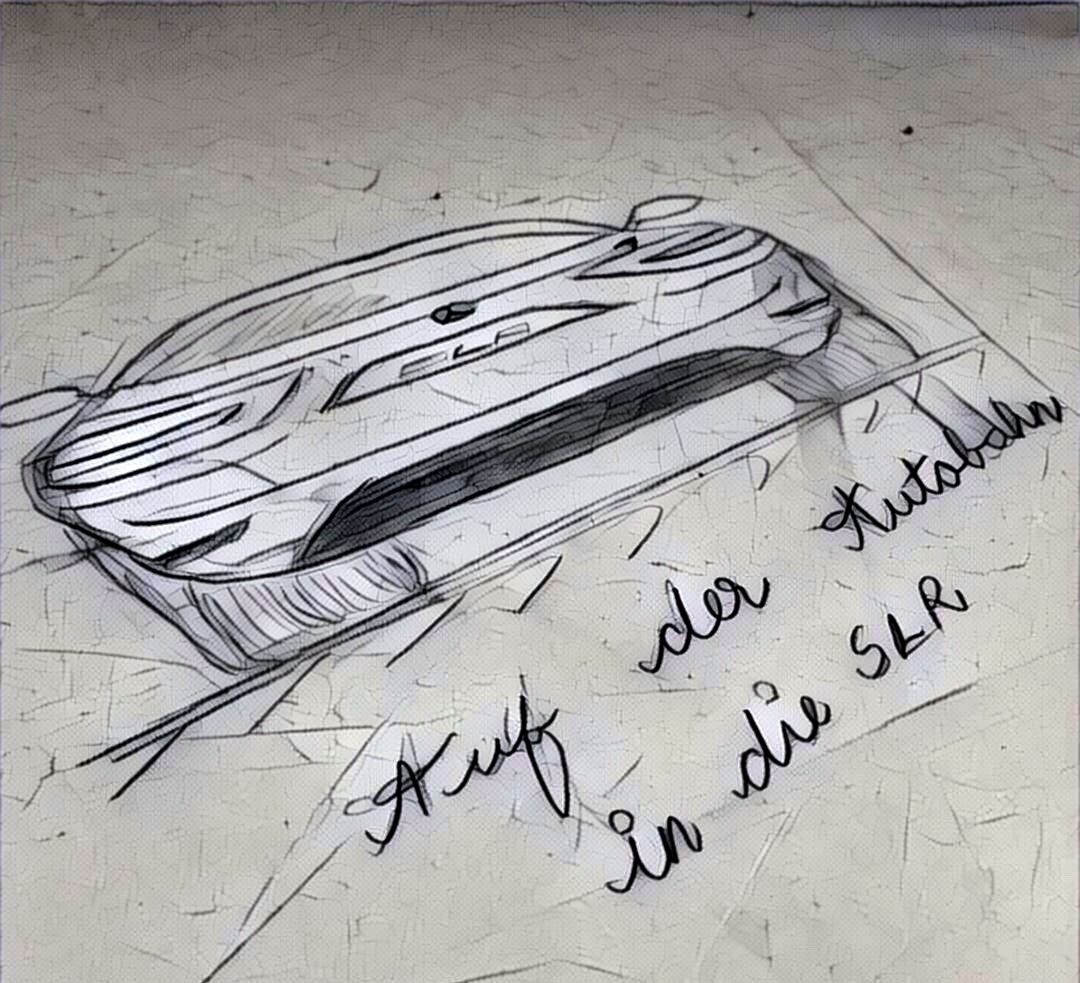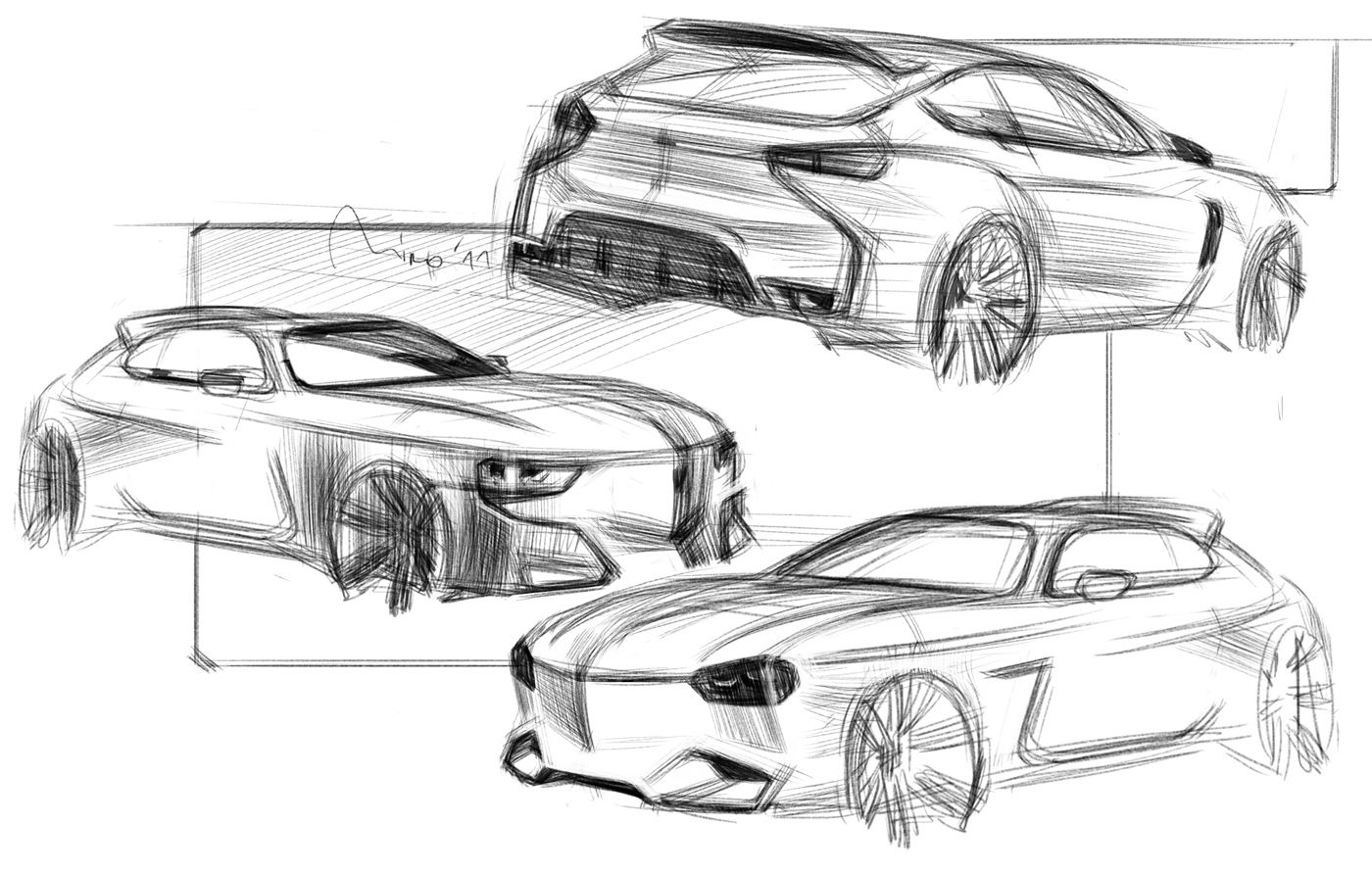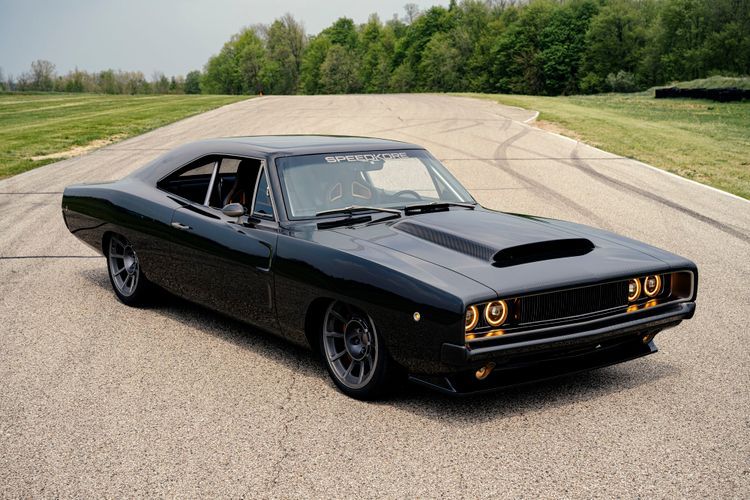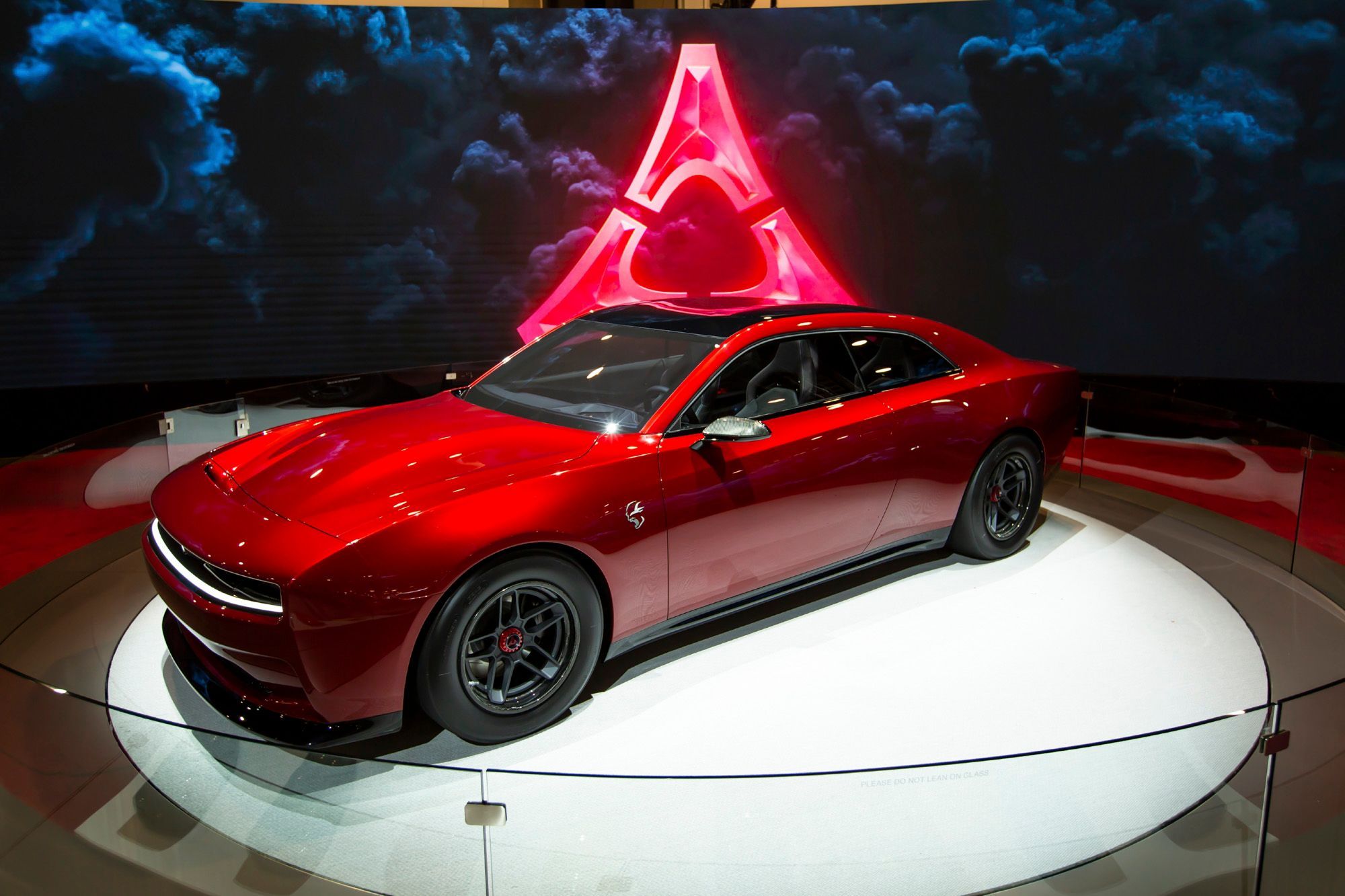Design; One of the most fundamental aspects of almost everything that we see and touch every day; and yet, it is something that we tend to overlook and take for granted sometimes. But aside from performing the function of making an object aesthetically pleasing, design is a discipline that must serve a purpose.
Now, as someone who wanted to pursue the exciting and often challenging field of transportation design myself, I couldn’t have been more excited when I recently had the honor and privilege of speaking with the Chief of design at Stellantis, Ralph Gilles - to discuss his role in Petersen Automotive Museum’s free online Auto Design & Sketching Course, brought to you by YellowBrick and Omaze. Stellantis of course is an automotive behemoth with a staggering 14 brands under its umbrella, some of the renowned ones being Chrysler, Dodge, Jeep, RAM, Maserati, Fiat, Citroën, and Peugeot.
As an industry veteran of 30 years, Ralph Gilles really needs no introduction. Starting out at the Chrysler Corporation in 1992, he has led the design efforts for countless models within the automotive conglomerate. Some of his well-known work includes cars like the cab-forward Dodge Intrepid, the Chrysler 300C, and the modern-day Dodge Charger. He also played a vital role in reviving one of the most iconic American nameplates in the form of the SRT Viper.
Ralph is one of several leading automotive design professionals who have collaborated to put this course together. Other renowned names who are instructors on this course include Tesla’s Chief Designer, Franz Von Holzhausen, Christine Fuell, Brand CEO at Chrysler, and Roman Yneges, a faculty member at the Art Center College of Design, Pasadena. Given the stature of individuals collaborating on this unique design course, I was very inquisitive to learn more about it from Ralph.
I began by asking; what led him to collaborate with the Petersen Automotive Museum for this particular project. His answer was simple. It is to expand the reach of design to a global demographic. Breaking into the field of design can be extremely challenging and daunting. This course aims to address that and make the subject more approachable and accessible.
Well in general, I like a lot of what the Petersen Museum’s team is doing. They really are not only keeping the excitement of the automotive industry going, but I also like the idea of them giving back both in an indirect way, but also in a direct way and expanding the reach to a global level. I am one of the members of the motorsport side of it. We do a lot of things together. I really like the idea of exposing what we do as designers, to as many people as possible.
So part of what we’re trying to do is expose people and make them pay attention to more than their current day to the whole value chain and the DNA string and all that goes on in creating beautiful and iconic wonderful designs. - Ralph Gilles, Chief Of Design, Stellantis
Before he realized his dreams of becoming a designer, Ralph was at one point enrolled in Engineering. But he realized early on that it wasn’t for him, and he eventually managed to pursue design at CCS (College of Creative Studies). I was in a similar position myself at one point where I felt that I was more inclined to the aesthetic side of things, but I chose to complete my engineering first.
However, when it came time to make the switch, looking at some of the requirements for any design program (I was looking at Art Center and CCS), having a comprehensive portfolio was imperative. Even Ralph only just managed to get across his portfolio by the skin of his teeth when he applied at CCS. So my question really was; for somebody wanting to get into transportation design how vital is it to get started early and build out that portfolio?
Well, the number one thing is to know that the career exists at all. I mean as a young person growing up, I never knew that there was such a thing. I loved to draw, I loved cars, and I loved the idea of industrial design in general. But of course today, things are very different. There are a lot of different ways to get information and even reverse engineer the career, which is why we’re here today. It is to demystify the process of getting into this.
In my case, my parents were urging me to pursue engineering. They felt that I had a love affair with mechanical things. But I discovered that I found myself more attracted to the aesthetics. I also liked the lasting effect of making iconic things and the cultural part of it as well. You could explore culture through the design of vehicles.
Next, I wanted to know who exactly is this course for. Who is the target audience? What is the difficulty level? Is it more of a general course? Or can it actually act as a springboard for somebody wanting to pursue transportation design? Could I for instance get back into it?
I think it's all of the above. In a way, it's meant to find out, who really has the talent out there. They don’t realize that they may have the gift. I believe it's partially a gift, but it's also something you can learn and develop, especially when you’re exposed to other great designers. There is an incredible competitive effect that happens with other kinds of artists. You don’t necessarily have to be a designer. The course is meant to again expose people to it.
I totally agree with Ralph here. I believe that I’m half-decent when it comes to sketching and certainly possess the ability to visualize things spatially. So with a guiding hand from some of the top brass in the industry and practice, it is certainly a skill that can be developed. Ralph further goes on to add about how you need to start somewhere. Most established designers too were amateurs at some point.
Now you’re talking to a very high-level professional in a way, so obviously they’re at the top of the game, but they too at one time were students. They too were dreamers, and they too were back of the class. We all had our different ways of expressing our love affair with art and design; so this is meant to make them feel more at home. It is also meant to show them that organizing their thought process and practicing can help with designing their future.
Putting together this course with his contemporaries' should have been a fun yet challenging process. I wanted to know what role Ralph played here and if was there any particular area that he liked working on. Anything that he brought in, from his own time at design school.
To me, it's really tips and tricks. People have realized that design is not just about sketching on paper. It’s design thinking. It’s being a bit of an anthropologist. Really studying society's needs, latent needs. Paying attention to how trends are set.
Sometimes you can look at vehicles you see today, that were designed four or five years ago. So you have to understand, what was the design thinking. Trying to really imagine the future. Don’t just be obsessed with what's around you today. The goal is to really try to think forward.
It’s not like your typical artistry thing, where you’re just creating one thing at a time, for yourself. In the case of design and industrial design, you’re able to create devices that many people will enjoy. Again, you can create a pop culture moment with a changing idea or innovative idea to move the product in the right direction.
This is one of the reasons why brands conduct surveys. It is to get direct feedback from customers and the role that design can play to address various pain points in products of the future. It is also an immense opportunity for a brand to create something truly revolutionary, whose impact can last for decades. Get it right and people will be talking about it for a long time to come.
Coming to what Ralph added to this course from his own time at design school, he said that it was humility and I couldn’t agree more. You have to acknowledge and appreciate what's already out there and be open to learning new things.
Number one is humility. I think that the first thing to realize is that there’s always something to learn. There is always something to look up to. I mean the part of what we’re trying to do is to be mentors and there are many many great designers out there that you could learn from, and respect at the same time.
But it is also ‘Design Thinking’. It is really thinking bigger. Stepping back away for a moment to look at what are you trying to solve. What idea do you have? What are you bringing to the party, besides just art? I think getting people exposed to that is a fascinating process.
Ralph couldn’t have said it better. For instance, I personally believe that the 60s represented the golden age of automotive design. I loved how some of the best design houses in the world were competing with each other to outdo themselves and create some of the most beautiful cars in the world. I like the story behind the Jaguar F-Type and how Sir Ian Callum tried to capture the essence of the iconic E-Type, which was a product of the 60s. It was also the era that gave birth to the mid-engined supercar, a format that I enjoy sketching a lot.
Speaking of sketching, the course introduced transportation design over three modules, touching upon design principles, famous case studies about older models, and sketching of course. But in the modern age, isn’t it inevitable that at some point digital tools will come into play? So I wanted to know if that was a prerequisite or requirement to take this course. Here’s what Ralph had to say about it.
Ultimately, it is. It doesn’t need to be a hurdle. I think it’s just one of the many tools. There are many ways to create. It could be pen to paper, or it could be stuff like a gravity sketch with 3D tools.
There are a lot of choices. It’s a very exciting time to get into this field. We want to expose people to all the different ways to manifest their ideas. You can now buy a 3D printer and visualize the design that you just sketched.
Another point that I wanted to touch upon when designing an automobile is how you have to foresee things a decade out. Ralph has on countless occasions pointed out a product's lifecycle. So with autonomous vehicles very much a future reality, aside from the exterior design, what do you think about the interior design and if more courses along those lines down the road could be a possibility?
Absolutely. I think interior design is the new frontier of competition really. As exterior design is struggling with aerodynamics and other things, it's the interiors now with this technology at our fingertips, it is a new way that consumers can enjoy cars. They’ve become smarter. Almost like a Sci-fi movie. Maybe you have a conversation with your car someday. You have a relationship with your transportation device, so that allows you to imagine a different kind of experience in the interior.
There are a lot fewer switches in the future. There’s more innovation towards voice command, or even gesture-based control, or even intelligence-based systems that tell you what you want even based on your behaviors. We’re finding that interiors are an outstanding space to be creative.


A prime example of this was the SM1 Portal concept that Chrysler showed off in 2017. We can agree that Chrysler is a champion when it comes to minivans and with the brand wanting to reinvigorate that space with a future fully autonomous electric vehicle, the stage had been set to create something extraordinary. The cabin from the onset was designed to be an extension of your own living space, making for a cozy and cosseting onboard experience, something which the brand calls ‘Third Space Solution’.
Moving onto the impact of design on society, in a recent Inevitable Podcast by Motortrend, hosted by Johny Liberman and Ed Loh, Ralph mentions how some of the cars like the 911 Turbo and Lamborghini Countach, really caught his attention. Growing up in Montreal, these exotics would show up during the Formula 1 Grand Prix weekend. But aside from these cars, I wanted to know if there was any particular era of cars that you looked up to, not even knowing that he would someday pursue automotive design.
For a question like that, I’d have to jump into a time machine and go back to a time when I was a very impressionable seven or eight-year-old boy. Yes, it was the supercars, that always stood out. Looking back now, of course, I’ve had the pleasure of being associated with places like the Petersen Museum and judging a concourse, and being exposed to history that is so rich. That is something that is important.
It really tells you about the evolution of the automobile, because you can once in a while, be reinspired by using the past. If there’s something that’s appealing, 50, 80, 100 years later, there’s something special that’s going on, and it's something you need to respect.
When I look at those cars, that I loved when I was seven years old, I still love them now. 40 or 50 years later, they still stimulate me almost the same way if not more than they did way back then. That really shows you how powerful design can really be and how it can touch your soul.
It also triggers that enthusiast's response. Part of being a successful designer. You kind of have to be in love with what you’re doing. You really need to enjoy the product. You need to enjoy the culture, because great design, great automobiles, and great things tend to have power beyond themselves.
They create culture, they can redefine the company. They can make the brand last decades. If you do one or two great designs, people talk about them forever. When you understand that power, it comes off as a humbling thing, but also very motivating
Finally, speaking with the man who played a big role in reintroducing the modern-day Charger and the Challenger, I couldn’t help but ask about Ralph’s favorite MOPAR cars. Any models from the 60s and 70s that he loved.
I love muscle cars. I am a big fan of the 1968 Dodge Charger. Even today, as a modern-day designer, I ask my younger designers to look at that vehicle. We instinctively borrow from it, even as we forge forward. There’s obviously something about those vehicles, that has an absolutely captivating demeanor to them.
Given how Ralph used to negotiate study time with his parents when he was a boy, to catch the Dodge Charger in the Dukes of Hazard, it is no surprise that it is a car that he holds close to his heart. Cars like his Hellucination by Speedkore is proof of that. You can also see the old-school Charger's influence on the all-electric Dodge Charger Daytona SRT, which will usher in the next generation of muscle cars.
So in conclusion, the main goal of this course is to inspire and empower the next generation of automotive designers. As a new age of high-tech electric autonomous vehicles dons on us, this free course serves as the springboard for fostering new talent and helping recognize just what exactly is out there.
As for me, I may have found my place in the exciting high-stakes space of automotive publishing, where I get to live and breathe cars day in and day out, but somewhere deep down, it always bothers me that I never got to pursue design as a career. This course totally changes that, once again reigniting that flame and passion, especially considering it is self-paced, giving me the flexibility to take it all in as and when I can and there is nothing more than learning from the top brass and titans of industry.

